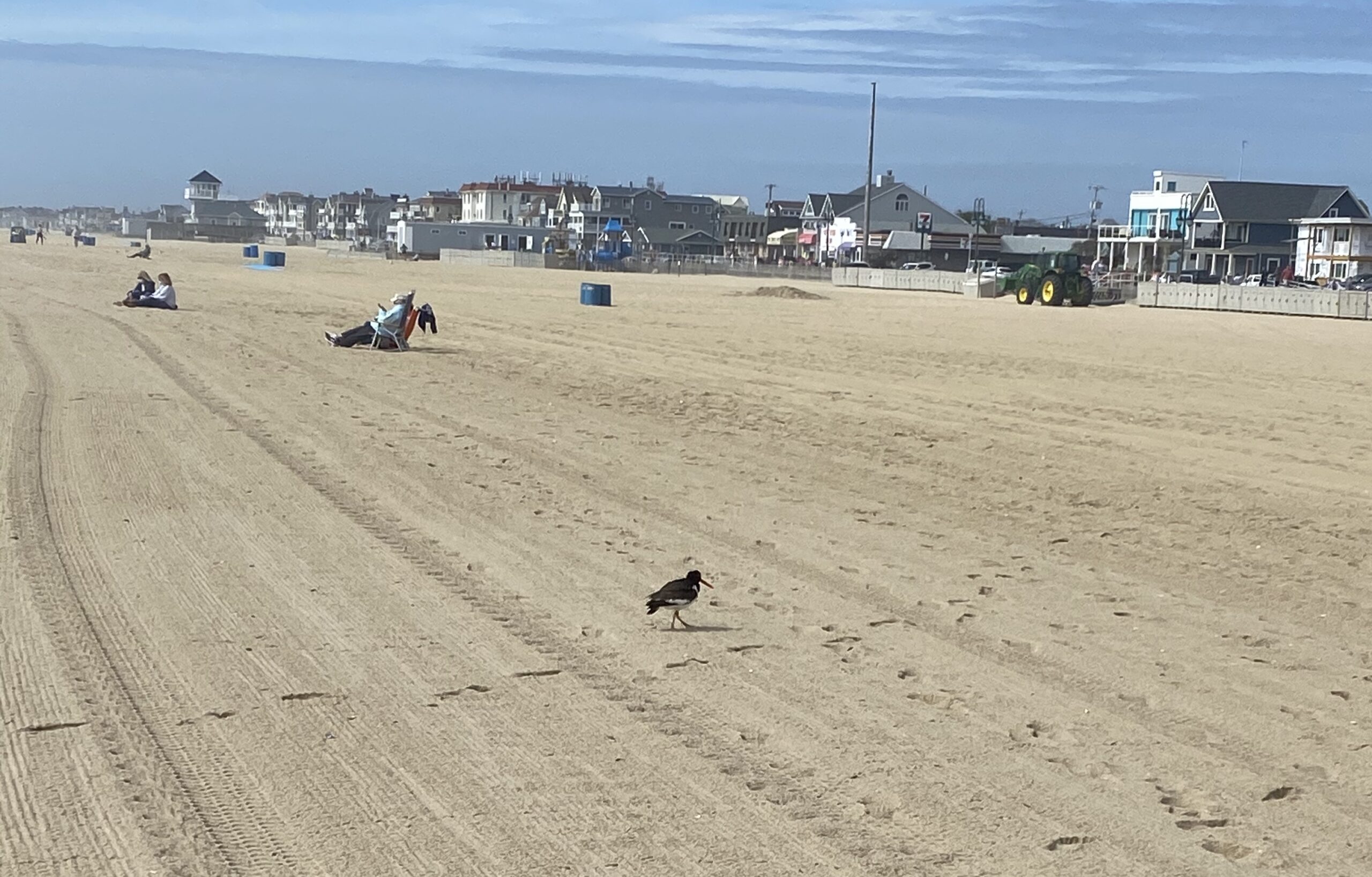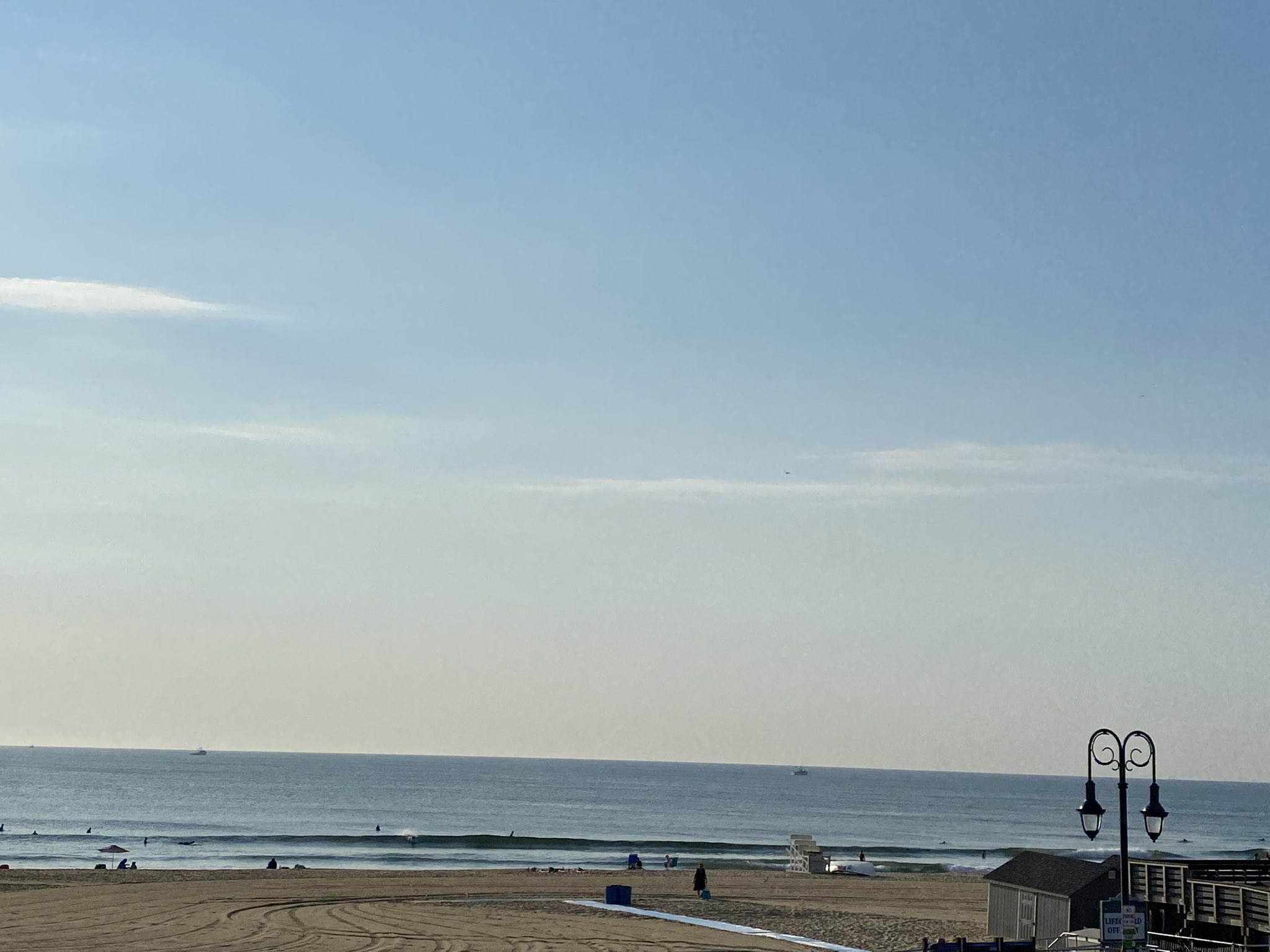If you spend time along the New Jersey coast, there’s a good chance you have seen or heard an American oystercatcher. Standing nearly a foot and a half tall with a long orange-red bill, the stocky black, brown, and white oystercatcher is not easily overlooked. Their loud calls and gregarious behavior makes them even harder to miss.
Despite being so striking, you may not have heard as much about the oystercatcher as you have heard about other coastal species, such as the osprey or piping plover. In fact, until recently, significant information gaps existed about oystercatchers in the state. That is changing now that researchers have begun to focus more attention on them.
Once abundant along the entire Atlantic coast, oystercatchers were believed to be extirpated in the Northeast as a result of intensive market hunting and egg collecting in the 1800’s. With the passage of the Migratory Bird Treaty Act of 1918, the oystercatcher began to rebound. However, various factors including habitat loss from coastal development, human disturbance from recreational activity and elevated predator levels have kept the population low.
Just how low is one of the questions biologists are now addressing. A range-wide aerial survey from New Jersey to Florida and the Gulf coast conducted in the winter of 2002-03 led to a population estimate of approximately 11,000 oystercatchers. In 2003, biologists in New Jersey began including oystercatchers in their annual breeding surveys of other beach nesting birds. Those surveys have found on average, about 60 breeding pairs on barrier beaches. However, because oystercatchers nest on back-bay marsh habitat as well, this only reflects a portion of the Population.



